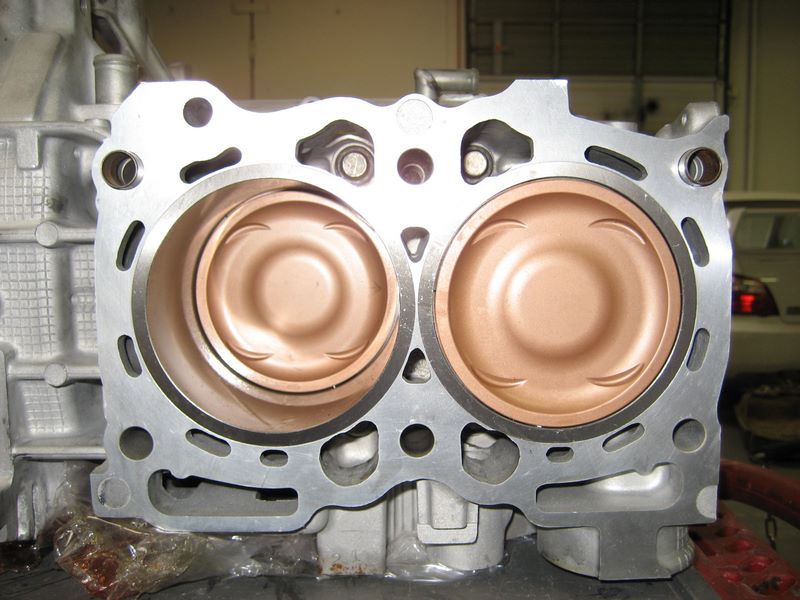Here's a few questions for our experienced engine builders, that may benefit those
of us looking to complete a built motor...
What are the main differences between...
*Open Deck
*Semi-Closed Deck
*Closed-Deck
I understand that there is more metal in the closed (and semi-closed) deck blocks
than in the open deck blocks. I believe, all factory blocks are open deck, though
there might be a factory semi-closed.
Semi & closed deck blocks can handle more heat, and for a longer duration.
Besides these listed above (which I may not even be totally correct on) what else
can you guys add to this?
Also, when building a motor, either starting with a used block or a new one, at what
point does acquiring a different block or modifying an existing block be warranted?
Lastly, what is the cost difference between these options?
Thanks in advance for your input!
EDIT: I don't think this has been addressed before. IF it has, and it's in another
thread that I haven't found yet, let me know and I'll move the thread/post.
of us looking to complete a built motor...
What are the main differences between...
*Open Deck
*Semi-Closed Deck
*Closed-Deck
I understand that there is more metal in the closed (and semi-closed) deck blocks
than in the open deck blocks. I believe, all factory blocks are open deck, though
there might be a factory semi-closed.
Semi & closed deck blocks can handle more heat, and for a longer duration.
Besides these listed above (which I may not even be totally correct on) what else
can you guys add to this?
Also, when building a motor, either starting with a used block or a new one, at what
point does acquiring a different block or modifying an existing block be warranted?
Lastly, what is the cost difference between these options?
Thanks in advance for your input!
EDIT: I don't think this has been addressed before. IF it has, and it's in another
thread that I haven't found yet, let me know and I'll move the thread/post.




